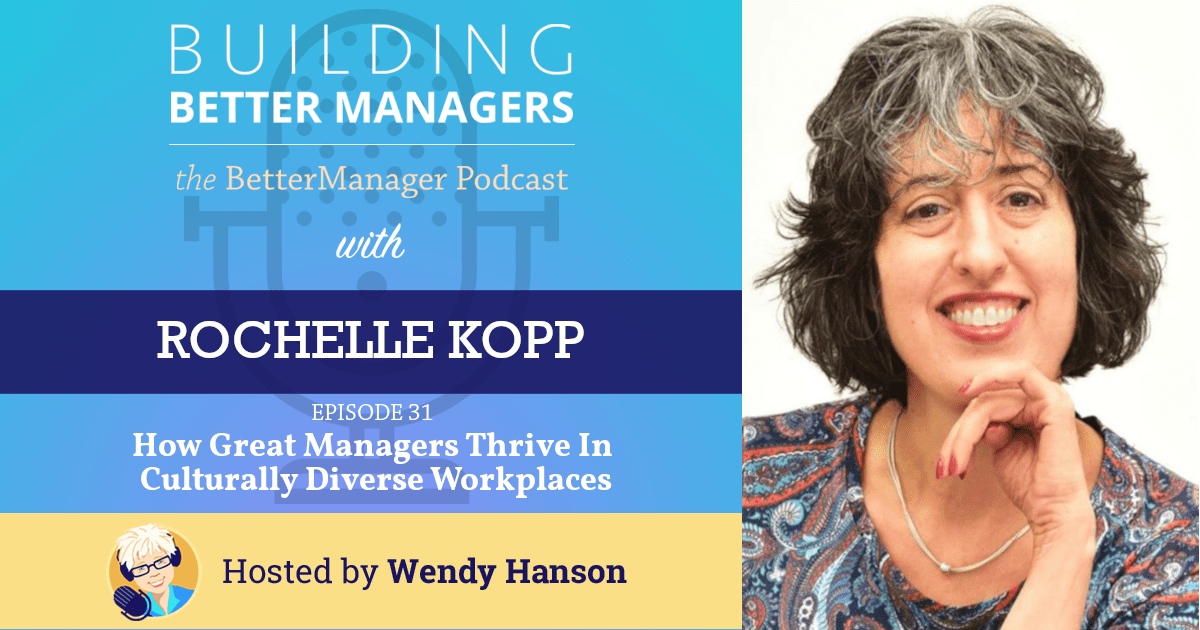
Active Listening: The Key to Improving
Active listening is key to effective working relationships, whether it’s with your own team, your boss or with peers within your organization. When employees say they want their voices to be heard, they are really saying they want leaders who will not just hear them, but really listen to them.
The success of any organization is dependent on excellent communication and clear understanding between everyone involved. According to author and inspirational speaker Simon Sinek, “Listening is not understanding the words of the question asked, listening is understanding why the question was asked in the first place.”
Why Does Active Listening Matter?
Everyone knows about listening. It is something we have done each day from the day we were born and will continue to do until the day we die. It may just sound simple to do. However, not listening well leads to misunderstandings that are often a result of the misinterpretation of communication between two or more individuals. This can negatively impact working relationships and productivity which can impede business results.
On the other hand, active listening, when done properly and effectively, is considered an art form. Active listening can create trust, improve productivity, and even impact culture.
Active listening is a process that goes beyond simply hearing. While you hear with your ears, you listen with your entire body, including your ears, eyes, heart and brain. For instance, body language, facial expressions, and how someone responds can tell you a lot more than the words they are using.
“The overarching principle of effective listening is to seek first to understand, then to be understood,” says Rick Fulwiler, program director at Harvard University. “It requires much more energy than just passive listening, but you will not be as successful without effective listening skills.”
The art of active listening is one of the least appreciated skills. Nowadays, in this digital era, we are being overloaded with so much information that shortened attention span and the feeling of overwhelm is at an all time high. As a result, good listening skills are rapidly becoming extinct.
Does mastering this foundational skill daunt you? Not to worry, coming up, we will dive into how you can develop and strengthen your listening skills to improve your communication as well as your acumen.
How To Actively Listen
Highly Actively listening will help you answer these questions:
How can I be certain that what I say is being fully understood and accurately interpreted?
How can I be certain that what I think I heard another person saying is exactly what they said and meant?
Confirming what you hear ensures an accurate exchange of information, and creates trust and more open interactions, because you’re indirectly letting the other person know that you really care about what they’re saying.
Here are 3 steps to begin with:
Step 1: Listen Attentively
When listening, have you ever found yourself distracted or only partially listening – meaning that you’re thinking of your own personal experience related to what they are talking about, focused on your notes, already thinking of your response to what they’re saying before they finish, judging what they are saying, or texting your friend?!
Listening Attentively requires you to focus your attention on the person who is talking and the content and context of what they are saying. They have your undivided attention. And you do this as a neutral participant, which means you do your best not to judge or get emotionally entangled in the story. It takes practice to focus your attention on listening, but actively using Steps 2 & 3 will help you do this consistently.
Step 2: Acknowledge That You Are Listening
To attentively listen, make eye contact with the other person, make an appropriate facial gesture or nod, and acknowledge that you hear the other person with simple phrases like, “yes”, or “I hear you” at appropriate points. Simply, you will add respect and gain trust in your communications with others by acknowledging you are listening.
Step 3: Confirm Your Understanding of What You Heard
To verify your understanding of what you hear another person sharing with you, you can repeat back (paraphrase) or confirm what you believe they said or meant. This is also referred to as a type of perception-checking, an approach used in conflict resolution. Confirming what you think you heard ensures that the message sent is the same as the message received.
This third step is the most important! Make sure you don’t gloss over or skip it!
Being an Active Listener takes conscious practice, but the impact on your colleagues and your organization can be tremendous. It is a powerful tool to use in life as well as in leadership situations.
If you want to take your learnings to the next level, then incorporate the following activities which will further help you develop, grow, and hone your listening skill.
- Share this best practice with your team members and encourage them to use it.
- Role play the three steps in 1:1’s and team meetings, with people taking turns being the speaker and the listener.
- Coach your team members to use the three steps in conversations with challenging colleagues. This can help build trust and more respectful working relationships.
- Lead by example – make a habit of using the three steps yourself!
Resources
Check out our video on the 3 Levels of Listening here!
Check out our blog articles on Culture here.
Follow us on LinkedIn!
Connect with us to see how we can help your organization.
About Mariam Rowhani
Mariam is a freelance writer offering support for businesses & entrepreneurs locally and globally. She brings a significant amount of experience in the corporate marketing industry and as a freelancer in content management, internet research, blogging, article writing, copy editing, and proofreading.
Her mission is to empower business owners to produce content that clearly and authentically communicates with their target audiences, ultimately making lives less stressful as well as allowing for more free time to live more well-balanced and healthier lives.
Posted on
February 25, 2021










